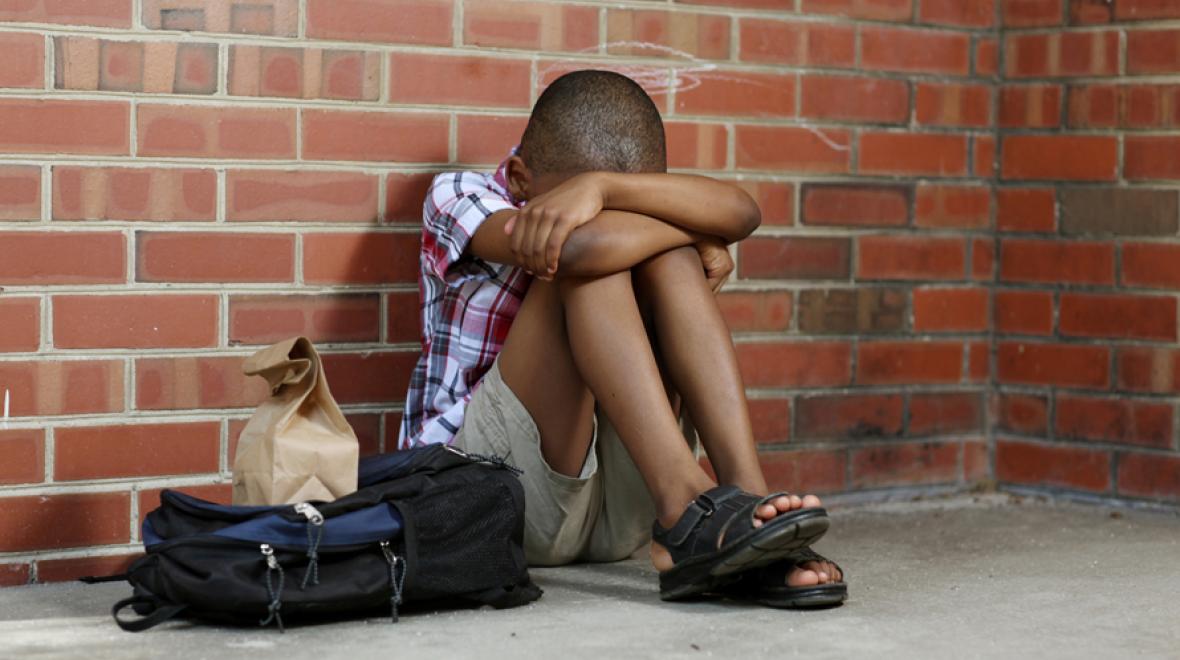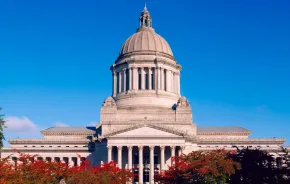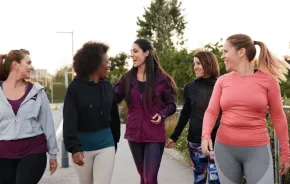
I remember walking home from school in the seventh grade (I was assigned to a bus, but the “cool kids” walked home and I wanted to be a part of that crowd) when a classmate said, “F*** you, N******.” The hard “r” still rings in my ears when I think about that day.
Nearly two decades later, I’m a research scientist in the education space, and it’s clear that bias against racial/ethnic, sexual and gender minority youth is just as pervasive in school settings as it was then, perhaps more so given the advent of social media. A decidedly negative shift in our sociopolitical climate since 2016 hasn’t helped: The result of that year’s election was not only a divided country, but a marked increase in bullying and harassment targeting students’ identities.
In 2018, the Southern Poverty Law Center (SPLC) surveyed 2,776 K–12 teachers about bullying and harassment in their schools. Teachers reported increases in racist, anti-LGBTQ, antisemitic, anti-immigrant and anti-Muslim incidents following the election.1 A groundbreaking article from researchers at the University of Virginia and University of Missouri compared data from school climate surveys in years pre- and post-election. They found that in Virginia (a notable swing state and my home state) and areas that favored the Republican candidate during the 2016 election saw increases in bullying and harassment post-election.2 And in today’s seemingly never-ending news cycle, kids continue to see divisive, offensive rhetoric and bullying both modeled and rewarded by adults in our country’s highest positions of leadership.
You Have the Power to Prevent Bullying
Committee for Children is teaming up once again with bullying prevention superhero Captain Compassion® in support of National Bullying Prevention Month. Activate your bystander power to receive weekly bullying prevention tips.
All kids connected with bullying — those who experience it, engage in it and even witness it — can suffer long-term mental health consequences and negative social and academic outcomes, including depression, affiliation with antisocial peer groups and disengagement from school.3 Researchers often define bullying, whether in a school setting or in national politics, as repeated and intentional physical, verbal or social aggression, typically occurring when there is a power imbalance. But as I’ve learned from my own experience as a middle schooler, sometimes it only takes one incident to invoke feelings of anger, sadness and rejection that can persist for a lifetime.
We are only beginning to properly address the fact that racial/ethnic minority youth are particularly susceptible to bullying victimization. A meta-analysis of 214 empirical studies conducted by psychologists — the most comprehensive review to date — found that youth who reported being targets of racial/ethnic discrimination, including bullying and harassment, had increased levels of social-emotional distress compared to their peers who did not report victimization.4 They found similar negative effects on aggression and academic outcomes. Whether the increase in reports of bullying and harassment based on a student’s identity marks a shift in bullying forms, an actual increase in prevalence or justifiably heightened sensitivity to hateful rhetoric, there is a problem in U.S. schools that is affecting our most vulnerable youth.
“To develop truly effective bullying prevention programs, research efforts with a focus on addressing bias and prejudice must become a priority.”
A recent paper on the role of schools in preventing hate and bias quotes the following statistics from the U.S. Department of Education Office of Civil Rights: “Although they comprised only 15 percent of student enrollment, 19 percent of Black students reported being harassed or bullied on the basis of sex, 35 percent reported being harassed on the basis of race, and 17 percent reported being harassed on the basis of disability.”5 Additionally, a recently published article found that Black youth experience five incidents of racial discrimination and harassment on average daily (e.g., microaggressions, racial teasing and vicarious experiences of discrimination online), and that these experiences are linked to negative health outcomes.6 Promising research suggests that targeting beliefs and assumptions about different groups offer promising pathways to reducing bullying victimization and perpetration.5,7 But research on preventing bullying and harassment specifically targeted at non-white, religious minority, LGBTQIA and immigrant youth is scarce.
Being called the N-word was by the far the most overt and aggressive act of discrimination I experienced in my youth, but it wasn’t an isolated incident. From being teased about the way I talk to being told I was pretty for a Black girl, anti-blackness and racial prejudice were common experiences for me. Bullying prevention campaigns and social-emotional learning programs that teach social awareness and responsible decision-making have the potential to provide space for youth to engage in productive discourse about the world around them. But racial and minority bias must be a part of the conversation if we expect to have a positive impact on the lives of youth. And to develop truly effective programs that allow all students to thrive, continued research and advocacy efforts with a clear focus on addressing racial bias and prejudice must become a priority.
Sources1Southern Poverty Law Center, (2018). Hate at School. 2Huang, F. L., & Cornell, D. G. (2019). School teasing and bullying after the presidential election. Educational Researcher, 48(2), 69–83. 3Green, J. G., Holt, M. K., Oblath, R., & Furlong, M. J. (2019). Bullying and Bystander Behaviors. In Handbook of Student Engagement Interventions (pp. 217-230). Academic Press. Huang, F. L., & Cornell, D. G. (2019). School teasing and bullying after the presidential election. Educational Researcher, 48(2), 69-83. 4Benner, A. D., Wang, Y., Shen, Y., Boyle, A. E., Polk, R., & Cheng, Y. P. (2018). Racial/ethnic discrimination and well-being during adolescence: A meta-analytic review. American Psychologist, 73(7), 855. 5Losinski, M., Ennis, R., Katsiyannis, A., & Rapa, L. J. (2019). Schools as Change Agents in Reducing Bias and Discrimination: Shaping Behaviors and Attitudes. Journal of Child and Family Studies, 1–9. 6English, D., Lambert, S. F., Tynes, B. M., Bowleg, L., Zea, M. C., & Howard, L. C. (2020). Daily multidimensional racial discrimination among Black U.S. American adolescents. Journal of Applied Developmental Psychology, 66, 101068. 7Espelage, D. L., Basile, K. C., Leemis, R. W., Hipp, T. N., & Davis, J. P. (2018). Longitudinal examination of the bullying-sexual violence pathway across early to late adolescence: Implicating homophobic name-calling. Journal of Youth and Adolescence, 47(9), 1880–1893. |











